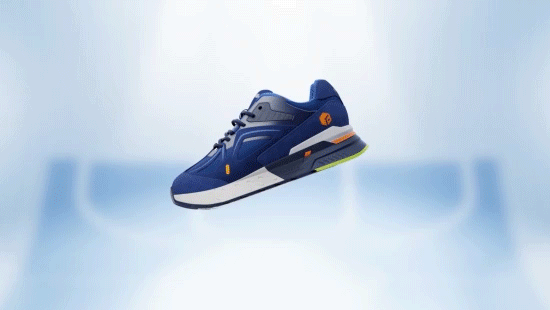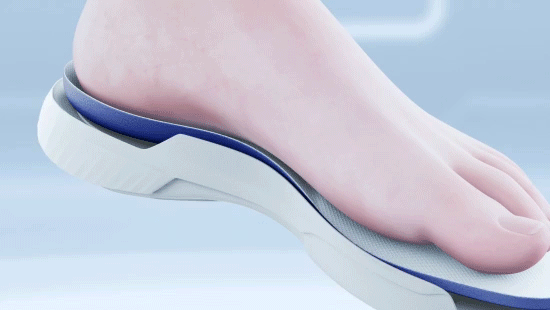Flat Feet
Best Shoes for Flat Feet
What Are Flat Feet?
Most common causes and risks and factors
Flat feet can develop for various reasons. While some individuals may inherit this condition due to their family history, other factors can also contribute to its development. Injuries, such as those affecting the tendons or ligaments supporting the arch, can weaken the arch structure over time. Additionally, conditions like arthritis can lead to changes in joint alignment, potentially causing the arches to flatten.
Obesity can further strain the feet, as excess body weight places increased pressure on the arches and supporting structures. As we age, the natural wear and tear on our feet can also play a role in the development of flat feet.
Moreover, prolonged standing or wearing improper footwear can significantly elevate the risk. When you spend extended periods on your feet without proper support, the muscles and tendons in your feet can become fatigued, potentially causing temporary flattening of the arches. Over time, this strain, combined with inadequate footwear support, may weaken the arch-supporting structures and contribute to the gradual development or worsening of flat feet. Therefore, it's essential to be mindful of these factors and take steps to support your foot health.
Symptoms and Diagnosis
Treatment
Exercises and Stretches
Prevention
Anatomy of a Flat Feet Shoe
Arch Support and Customization
Cushioning and Shock Absorption
Proper Fit
Why Fitville?
● Comfort+™ Technology
FitVille Comfort+™ technology puts comfort in motion. This advance technology follows the contour of your feet to enhance your movement. With Comfort+™, EVA materials transform into our dual density solid soles.The state change from just EVA material into a dual density sole is like a caterpillar turning into a butterfly. It’s not only magic, but also scientifically proven. Our extra cushioning shoes delivers a greater extent of comfort-in-motion.


● PropelCore™ Technology
FitVille’s PropelCore™ technology turns selected materials into a ergonomic design. Our patented PropelCore™ technology is a dynamic totality of the five core components: dual density sole, anti-skid rubber, heel ring, removable insoles, shock absorbing pad. PropelCore™ is our secret weapon in creating the most supportive shoes. Your footwear experience empowered by PropelCore™ would be surprisingly steady.
● ErgoFit™ Technology
Empowered by ErgoFit™ technology, FitVille shoes are of ergonomic designs that give you the amazing footwear experience. Springy cushioning minimizes impact and maximizes stability. You’ll feel no pain when you move in FitVille shoes. Anatomical arch support makes your ankles more stable, keeps your feet in the proper position and shape to be fully functional. The wide toe box allows your feet to move comfortably. We are proud to serve you the well-crafted healing shoes supported by ErgoFit ™ technology.











































